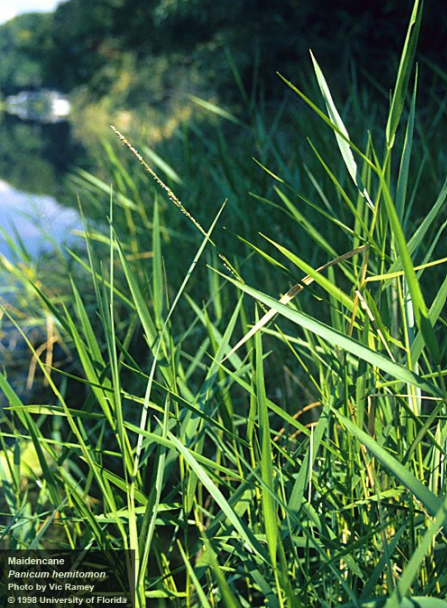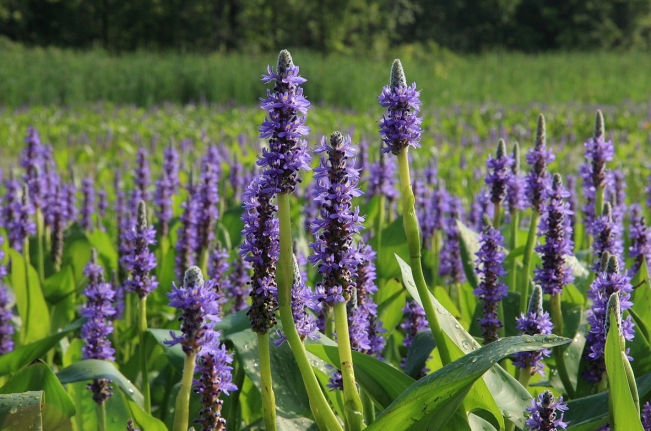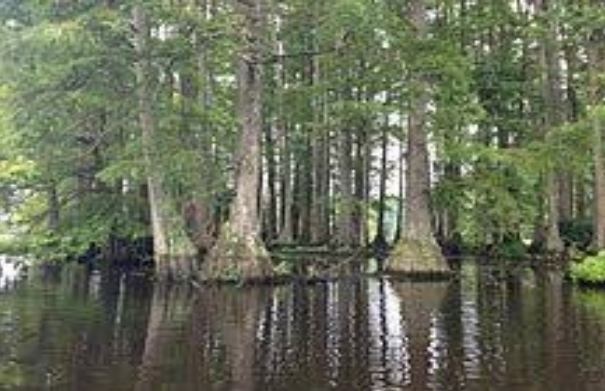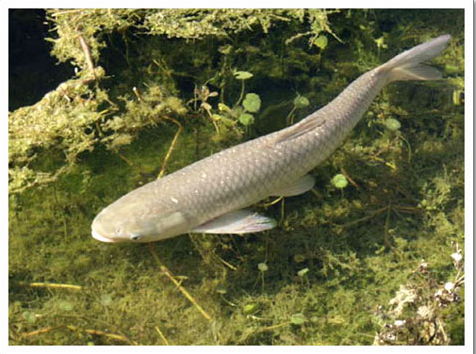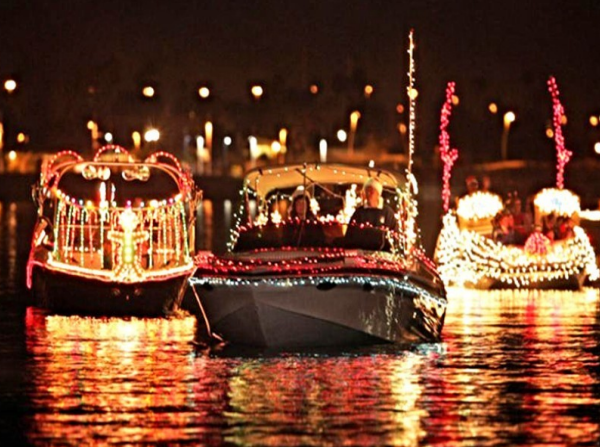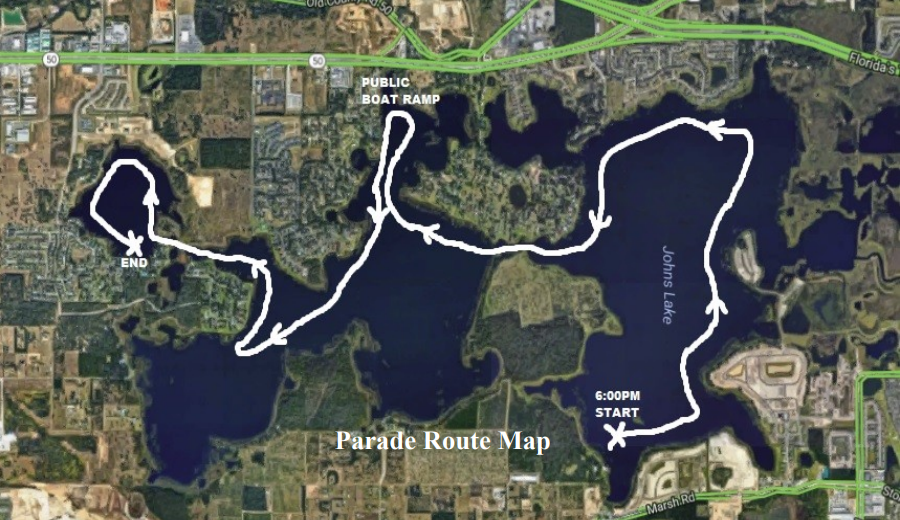November 1, 2017
Johns Lake Vegetation Mapping
John Schmidt
The vegetation in Johns Lake has been studied to understand native growth and invasive species progression and overall health. The work is conducted by Florida Fish and Wildlife Commission (FWC),
managed out of the Northeast Regional Office, under the direction of Lake County Regional Biologist, Nathalie Visscher (Nathalie.visscher@myfwc.com). FWC used to conduct the study about every
five years, using outside contractors. With recent budget changes, they now conduct a mapping study
every year with internal staff. Since Johns Lake is in Lake and Orange Counties, Lake County takes
the lead.
In late May of this year, FWC sent teams to complete the mapping for 2017. The data gathering typically takes anywhere from three to five 5 days. They utilize as many as four boats at a time, using
GPS locations, probe poles, depth soundings, and visual observation to collect the information about
the current status of the vegetation growth or decline. They will compile the data into a detailed map
to show the vegetation changes from year to year. The results should be published soon and when it
is available, we will provide a link or copy for your review


